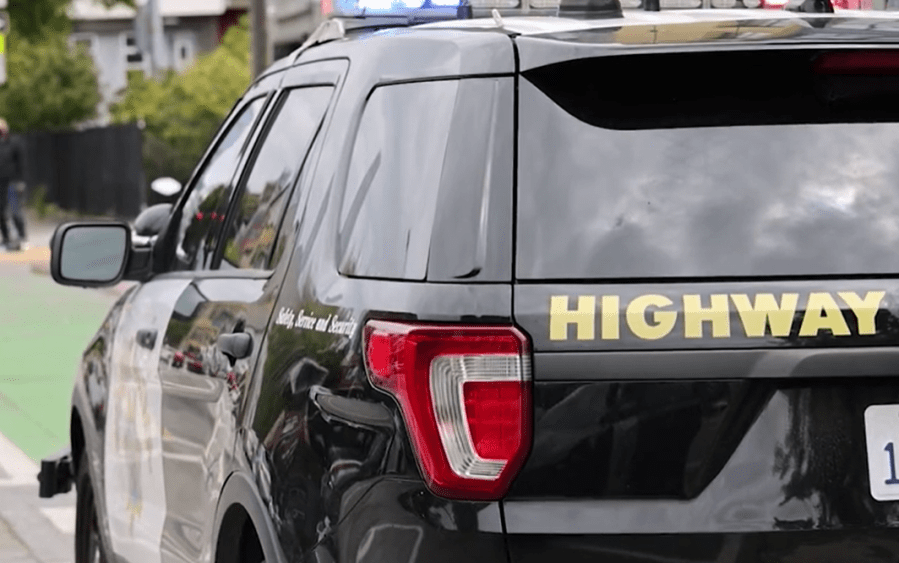
"I need a shower and a lot of CBD."
Putting it lightly, this was my instant message reaction to my colleagues leaving the cinema after 28 Years Later. Fingernails bitten to hell, I was a film critic shooketh to the core after seeing director Danny Boyle and writer Alex Garland reunite almost 28 years following their horrifying, groundbreaking, genre-disrupting 2002 film 28 Days Later.
Since this series launched its grisly, running zombies, wildly popular series like The Walking Dead and The Last of Us, and celebrated films like Train to Busan, satisfyingly filled the undead landscape onscreen. But Garland and Boyle bring fresh scares and existential dread, reminding audiences of the legacy their 2002 hit wrought.
One of the most unrelenting and scariest films of the year, 28 Years Later deserves the largest screen and sound system you can find — and serious guts. Almost three decades later, we're so back(bone).
28 Years Later picks up in a charming safe haven

Since the Rage Virus-infected doomed the United Kingdom in 28 Days Later, the country has been left to fester in its own pétri dish of irate contagion for about 30 years. Survivors are left to fend for themselves, with no international aid in sight. In fact, European quarantine boats patrol the surrounding seas making sure Britain knows where its own damned perimeter is (the word "Brexit" does not come up in this film, but come on…). In this doomscape, a small community has fortified an island off the coast of England, protected from the undead by the tides, sturdy walls, and a wealth of traditional grassroots design (thanks to production and costume designers Carson McColl and Gareth Pugh).
Key resources for "Holy Island" lie on the mainland, a place deemed a rite of passage for younger residents to visit, including 12-year-old Spike (a solemn, raw performance from newcomer Alfie Williams). There's just one rule: If you leave and don't return, no one is allowed to venture across the causeway and rescue you. While his mother, Isla (an exceptional Jodie Comer), lies undiagnosed with illness and enduring her own private hell, Spike and his father, Jamie (an intense and sweary Aaron Taylor-Johnson) venture to the mainland for some father-son bonding and find nothing awry at all. Everything's peachy! Yeah, this is a 28 Days film, you know it's not.
On the mainland, Spike and Jamie find their mettle tested in myriad dreadful ways. As expected, these rolling English hills are flush with infected, bloodthirsty humans, some of whom have unexpectedly evolved into new variations including the petrifying "Alphas". But there's smoke on the horizon, with the mystery of this ever-burning fire tempting Spike's curiosity further from the safety of his island home.
28 Years Later is brutal in every sense of the word

As a zombie film following in the footsteps of one of the most celebrated, brutal, and barbarous horror films of the 2000s, 28 Years Later holds nothing back on the violence scale, tween protagonist be damned! Boyle and Garland pull more than one skull-attached spine out of the hat throughout the film, throwing explosive blood spatters across television sets playing the Teletubbies, and teasing a mountain of skulls looming ahead, each moment a visceral strike for the viewer.
This dizzying onscreen violence is bolstered by Boyle's signature brand of disruptive filmmaking. In one of the most striking sequences of the film, Boyle and editor Jon Harris take what might be a simple scene of Spike's first moments on the mainland and turn it into a frenetic, splintered montage. Intercut with father and son marching across an abandoned beach is a barrage of archival footage of child soldiers, clips from Laurence Olivier's 1944 Shakespeare adaptation Henry V (a movie "conceived as a wartime morale-booster" for British audiences during World War II), and the urgent, desperate voiceover of British writer Rudyard Kipling's 1903 war poem "Boots," which was also used in the film's riveting trailer.
It's a distressing, abrasive, political sequence promising horrifying violence, shattered innocence, and national collapse. Even if you can't place the references in the footage you can feel the dread. At the film's start, Boyle has you both unsure and knowing full well what's to come, and it ain't good for Spike and his family.
Masterful and inventive cinematography makes 28 Years Later horrifically immersive

Doyle reteams with cinematographer Anthony Dod Mantle, who employed a famously rogue use of digital camcorders for both extreme close-ups and lonely wide shots in 28 Days Later. His new innovation is a mix of cameras that include a flotilla of 20 adapted iPhone 15s to create a bullet-time effect on some moments of pivotal violence, recalling the mind-blowing effect in The Matrix. Using these handheld devices all rigged up, Mantle deploys both distorted and awe-inspiring camera angles using Boyle's beloved sprawling 2.76:1 widescreen aspect ratio.
Vile close-ups of the infected slurping away on various fleshy business deliver all the juicy disgust of Dennis Quaid eviscerating prawns in The Substance. However, Mantle also offers magnificent and terrifying wide shots of our protagonists roaming about the English countryside, akin to those incredible shots of Murphy wandering through an empty London in the first film. Such a wide frame urges us to recognize how exposed the survivor is in this feral terrain, the constant threat from a grisly death could be behind any tree or over the horizon — or, most terrifyingly, on the horizon. And supporting such fear is the superb sound design from Young Fathers.
28 Years Later wields sound design like a terrible, euphoric weapon

Besides the stalking Alphas, 28 Years Later has another villain in Young Fathers. The Scottish hip-hop trio does not appear in the film, but they bring their signature experimental style to a hypnotic and merciless score that functions as an omnipresent threat. Their soundtrack simultaneously hums like a revving vehicle, flickers like a crow pecking at remains, shrieks like a human pursued by some grotesquerie, and echoes like an unidentified beast caterwauling into the night.
With such sinister sounds, the verdant peace of the English countryside is pulverised, and also by the guttural screams of the livid undead. It's honestly hard to tell where the diegetic sound starts and ends, a state that becomes perilous when it comes to the film's outrageous bombardment of effective jump scares. It's a deeply affecting experience, the score and foley functioning as symbiotic beings, with one often indistinguishable from the other and forming one living, breathing entity. Thudding footsteps run parallel to booming drums, screeches and squawks blend with plucked strings, amalgamating into one out-of-body wall of sound that's impossible to escape. It all feels doomed, like the end is extremely fucking nigh — and yet Boyle finds a path of hope in the most unexpected place.
In a landscape heaving with zombie apocalypse media from The Walking Dead to The Last of Us, 28 Years Later manages to declare its footing as an original monster. Magnificently shot, ruthlessly edited, and outrageously scored, it's a rambunctious, grisly, human tale of survival.
Boyle and Garland, with their impeccably talented team and a magnificent cast — led by the young and wondrous Williams — manage to both connect their original creation with the present and forge a terrifying new landscape, one that will stress you out and make a meal of your own fingernails.
28 Years Later his cinemas June 20.









